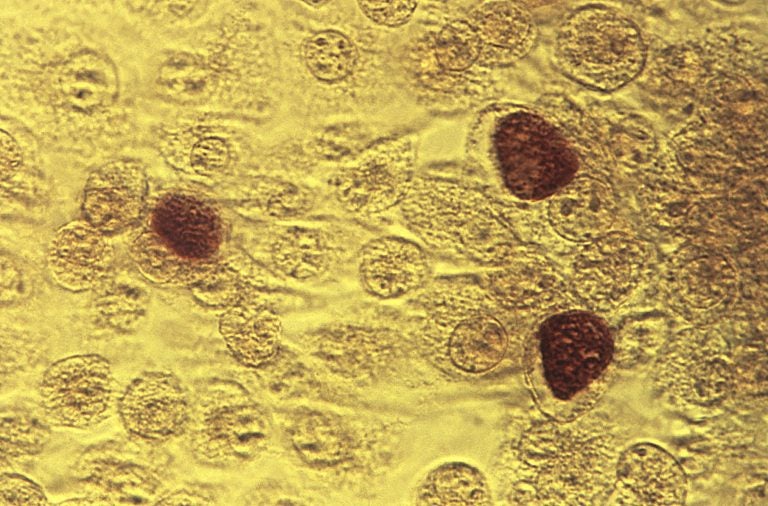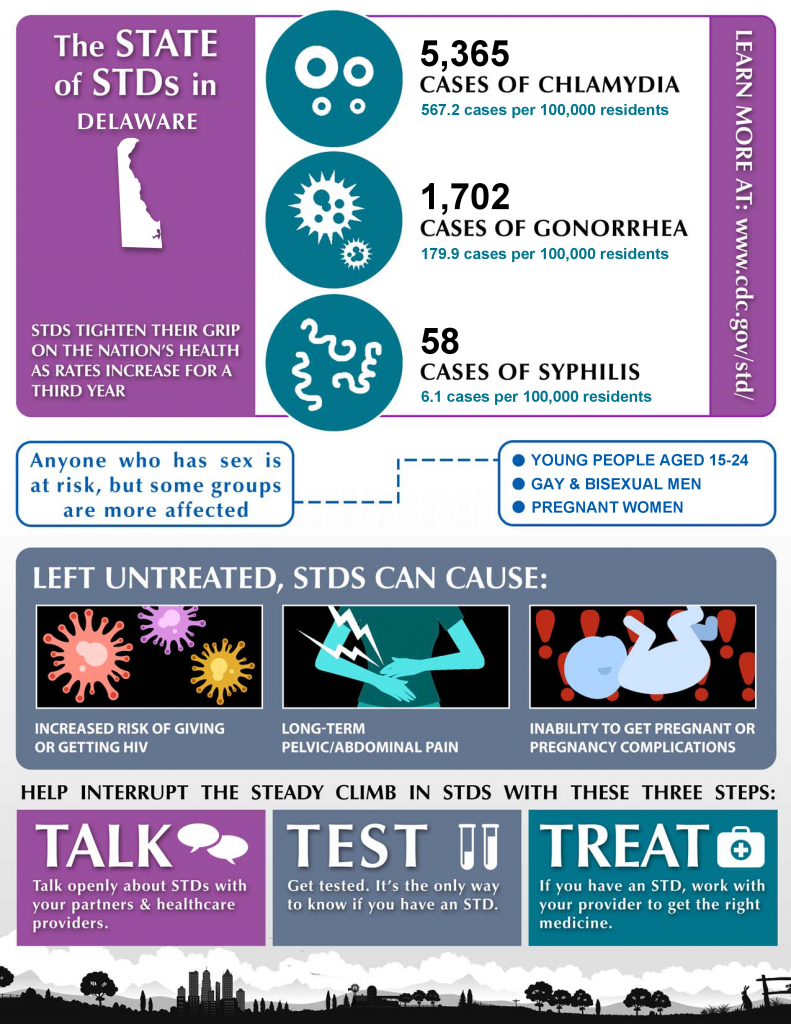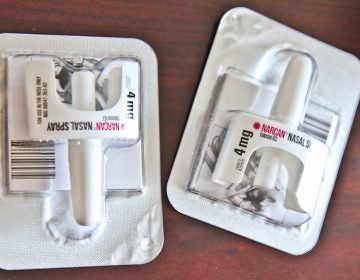Delaware among top states for STDs
The CDC’s surveillance report on STDs shows Delaware has the eighth highest rate of chlamydia cases, the tenth highest rate of gonorrhea and the 24th highest rate of syphilis.

This 1975 microscope image made available by the the Centers for Disease Control and Prevention shows Chlamydia trachomatis bacteria magnified 200X. (Dr. E. Arum, Dr. N. Jacobs/CDC via AP)
A new report reveals that Delaware has one of the largest rates of sexually transmitted disease cases. According to the Centers for Disease Control and Prevention gonorrhea and chlamydia are the top two diseases.
The CDC’s surveillance report on STDs shows Delaware has the eighth highest rate of chlamydia cases, the tenth highest rate of gonorrhea, and the 24th highest rate of syphilis. In 2016, there were 5,365 chlamydia cases, 1,702 cases of gonorrhea, and 58 cases of syphilis.
Social media may deserve some of the blame.
“It just makes it easier for people to meet and start a sexual relationship,” said Dr. Robin Miller, a pediatrician in adolescent medicine.
Researchers said that young adults ages 18-29 are more dominant in their social media use. According to the Pew Research Center, 86 percent of social media usage is among this age group which almost identically matches the ages with the most STD cases.

Cathy Mosley of the Division of Public Health STD Program believes that the state’s numbers are alarming. In Delaware, 68 percent of all the chlamydia cases are reported in adolescents and young adults ages 15-24. As for gonorrhea, 67 percent of those cases directly affect adolescents and young adults ages 15-29.
Officials can’t stress enough the importance of getting tested. Many individuals may not be aware that they have an STD because symptoms may not always appear. Often times, chlamydia and gonorrhea both can be asymptomatic particularly in women. This is why medical experts continue to encourage young people to get tested even if they feel like nothing is wrong.
Another cause for the rise of STD rates in the state is that in most cases protection isn’t being used.
“STDs continue to rise because sexually active people at risk don’t use condoms. In order to prevent any type of STD you have to use some form of barrier protection,” Mosley said.
According to Dr. Miller and other health officials, STDs are all preventable. There are small things that individuals can do to decrease their chances of getting an STD and lowering these rates worldwide.
The CDC’s recommendations for slowing the rise of STDs include urging anyone who is sexually active to get tested. They say a screening at least once a year for anyone who is sexually active is a great way to stop the rise and spread of STDs. They encourage an honest conversation between sexual partners. The more information known about each other’s sexual history the better. The simplest and most effective way to help control STD rates is to just use protection.
WHYY is your source for fact-based, in-depth journalism and information. As a nonprofit organization, we rely on financial support from readers like you. Please give today.




